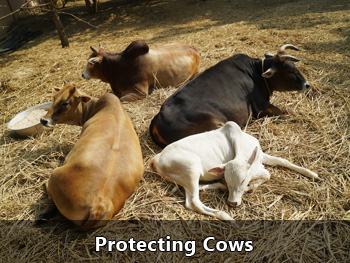LDL oxidation by arterial wall macrophages depends on the oxidative status in the lipoprotein and in the cells: role of prooxidants vs antioxidants.
Rate this topic

By
Guest guest
in Ayurveda, Health and Wellbeing
-
Top Downloads
-






Recommended Posts
Join the conversation
You are posting as a guest. If you have an account, sign in now to post with your account.
Note: Your post will require moderator approval before it will be visible.